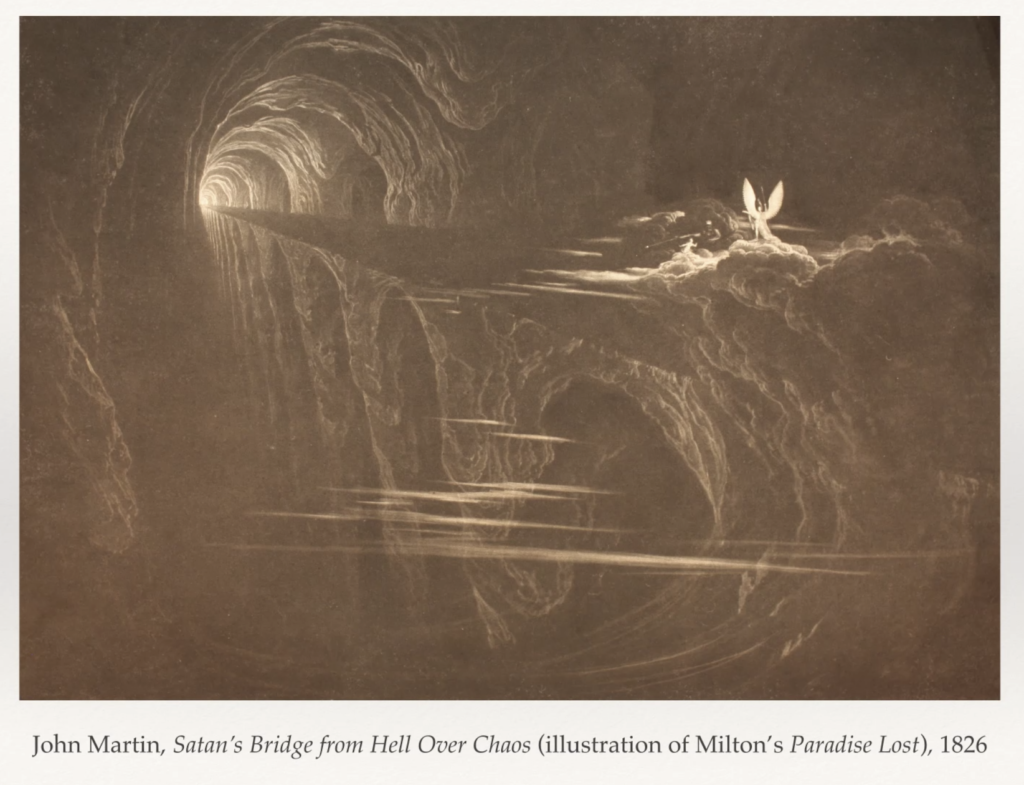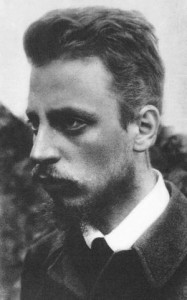“It was his soul that suffered, and his soul I could not reach.” Melville’s “Bartleby, the Scrivener” on Jan. 8!
Tuesday, December 5th, 2023
Please join us for a discussion of Herman Melville‘s classic short story Bartleby, the Scrivener: A Story of Wall Street at 7 p.m. (PST) on Monday, January 8, at Levinthal Hall in the Stanford Humanities Center at 424 Santa Teresa Street on the Stanford campus. This is a hybrid event, so you can come in person or via zoom, but we encourage you to register either way (link below).
Panelists will include Stanford Prof. Robert Pogue Harrison, author, director of Another Look, host of the radio talk show and podcast series Entitled Opinions, and a regular contributor to the New York Review of Books, and Stanford Prof. Tobias Wolff, one of America’s leading writers and the founding director of Another Look, as well as a recipient of the National Medal of Arts. Two special guests will round out the high-powered panel out to four: Robert’s brother Thomas Harrison, professor of European Languages and Transcultural Studies at the University of California, Los Angeles, and Katie Peterson, an award-winning poet, professor of English at UC-Davis, and a Stanford alum.

Melville is most famous for his masterpiece Moby Dick, but his 1853 Bartleby is a short wonder, and his protagonist’s repeated “I prefer not to” is one of the most famous lines in American literature. Novelist Sophie Hannah, writing in The Independent, called it “a flawless and ambiguous work of art.” She writes, “Bartleby, blank in character, tests the characters of others. … Bartleby is pure enigma.”
The short story is famous and widely available – buy a copy on amazon or abebooks.com, in local libraries and in bookstores. It’s also widely available online – google for links.
This event is sponsored by the Stanford Division of Literatures, Cultures, and Languages, the Stanford Humanities Center, and the Continuing Studies Program at Stanford.
Register here.
For some perspectives on the twentieth century take on the long short story, you might check out the 1970 cult classic of the same name, starring Paul Scofield and John McEnery, here. You can see a short clip over the 2001 remake here. Better yet, read Melville. His long short story (it’s about 30 pages) will surprise you.










